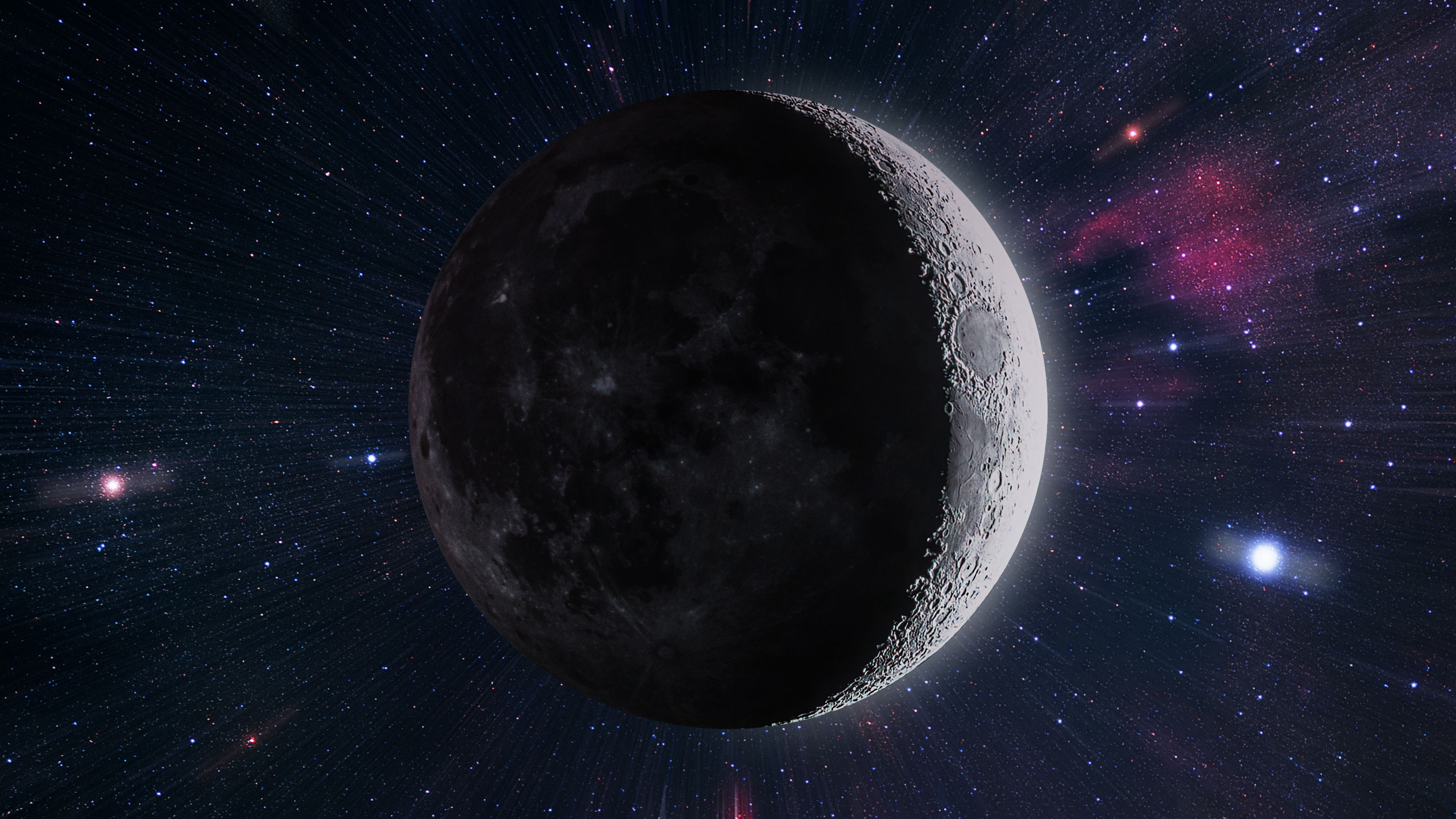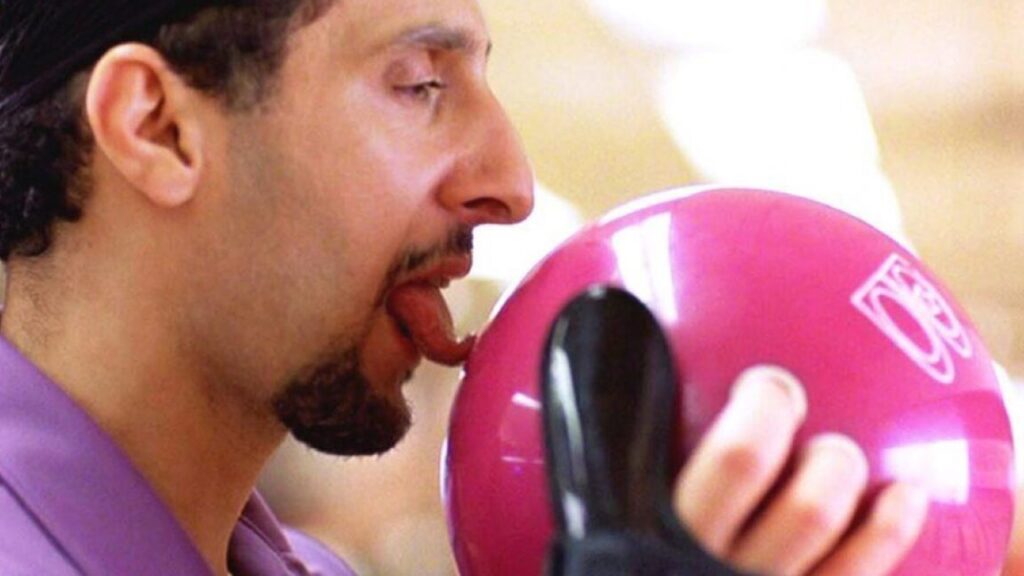Harvard sues to block government funding cuts
The suit also claims that the funding hold, made in retaliation for Harvard’s letter announcing its refusal to accept these conditions, punishes Harvard for exercising free speech.
Separately, the lawsuit focuses on Title VI, part of the Civil Rights Act, which prohibits the government from funding organizations that engage in racial discrimination. It’s Harvard’s alleged tolerance for antisemitism that would enable the government to put a hold on these funds. But the suit spells out the requirements for cutting funding—hearings, a 30-day waiting period, notification of Congress—that the law requires before funding can be cut. And, quite obviously, the government has done none of them.
Harvard also alleges that the government’s decision to hold research funds is arbitrary and capricious: “The Government has not—and cannot—identify any rational connection between antisemitism concerns and the medical, scientific, technological, and other research it has frozen.”
Finally, the court is asked to consider an issue that’s central to a lot of the questions regarding Trump Administration actions: Can the executive branch stop the flow of money that was allocated by Congress? “Defendants do not have any inherent authority to terminate or freeze appropriated federal funding,” the suit claims.
Remedies
The suit seeks various remedies. It wants the government’s actions declared illegal, the freeze order vacated, and prohibitions put in place that will prevent the government from accomplishing the freeze through some other means. Harvard would also like any further reactions to allegations of antisemitism to follow the procedures mandated by Title VI and to have the government cover its attorney’s fees.
It also wants the ruling expedited, given the potential for damage to university-hosted research. The suit was filed in the District of Massachusetts, which is the same venue that has been used for other suits seeking to restrain the Trump administration’s attack on federally funded research. So far, those have resulted in rapid responses and injunctions that have put damaging funding cuts on hold. So, there’s a good chance we’ll see something similar here.
Harvard sues to block government funding cuts Read More »
















